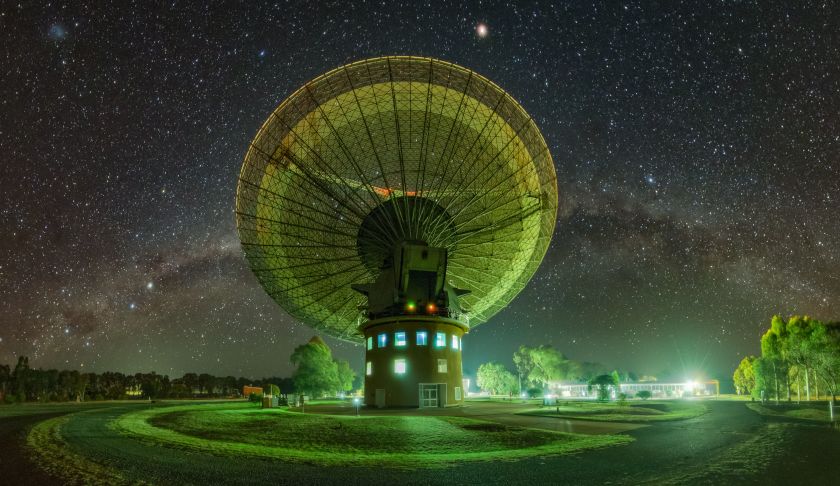At 12.56pm on 21 July 1969 (AEST), mankind took its 'one giant leap' onto the moon's surface and the incredible images were broadcast to 600 million people around the world.
While it was NASA's moment, it was Australia's too: sending astronauts to the moon and sharing the momentous occasion couldn't have happened without the pivotal role Australia played.
The initial TV pictures from the moon and Neil Armstrong's first steps on the lunar surface were broadcast through NASA's Honeysuckle Creek tracking station near Canberra.
After a few minutes, the higher quality television signal received by CSIRO's Parkes radio telescope was relayed around the world. On 20 and 21 July, CSIRO has invited the public to join it for the open days at 'The Dish' and take the rare opportunity to enjoy a tour inside the telescope.
"The Apollo 11 moon landing inspired humanity to dream bigger and even imagine solving the impossible using science and technology," CSIRO chief executive Larry Marshall said.
As well as tours of the telescope, CSIRO will be offering plenty of fun-filled activities including the chance to drive the telescope to detect pulsars in real time.
Visitors will also have the opportunity to hear from representatives from the Australian Space Agency, as well as Australian-born NASA astronaut Dr Andrew Thomas, who will be in attendance thanks to support from the US embassy in Canberra.
"This too is CSIRO's purpose, solutions from science and our science-driven national challenges and missions of today will inspire our children to solve the challenges of tomorrow, knowing no boundaries but their own imaginations, dreaming as big as space itself," Dr Marshall added.

